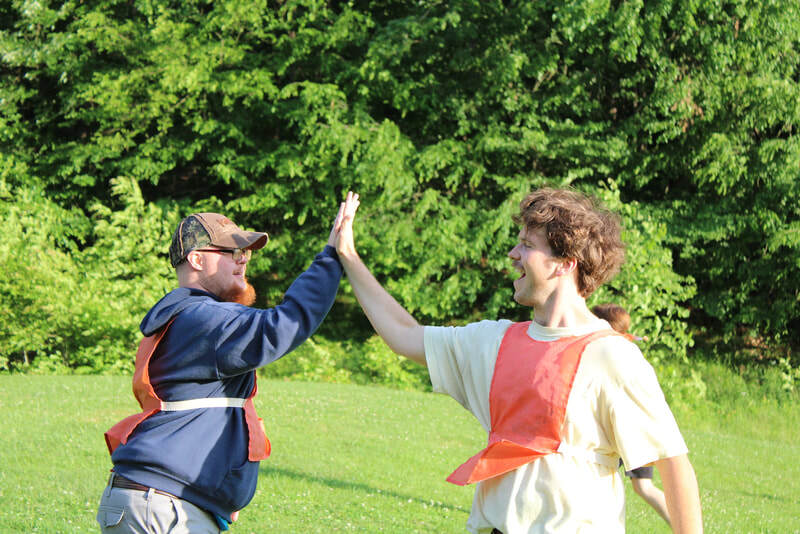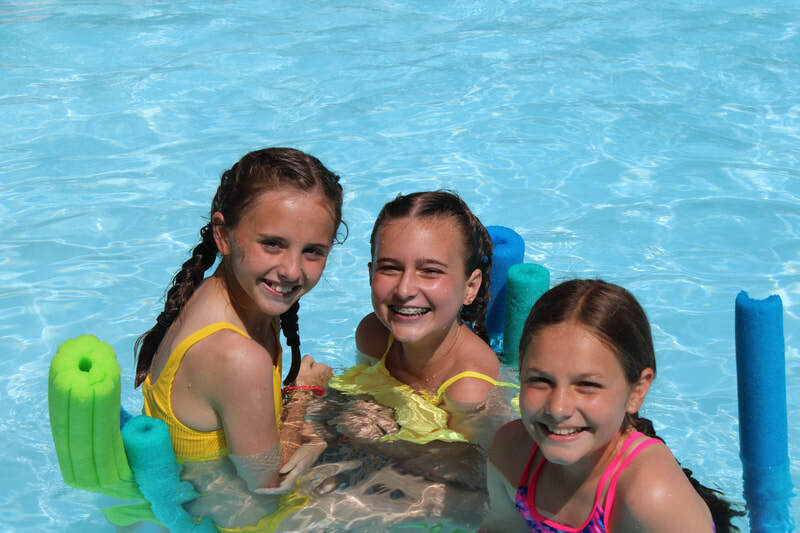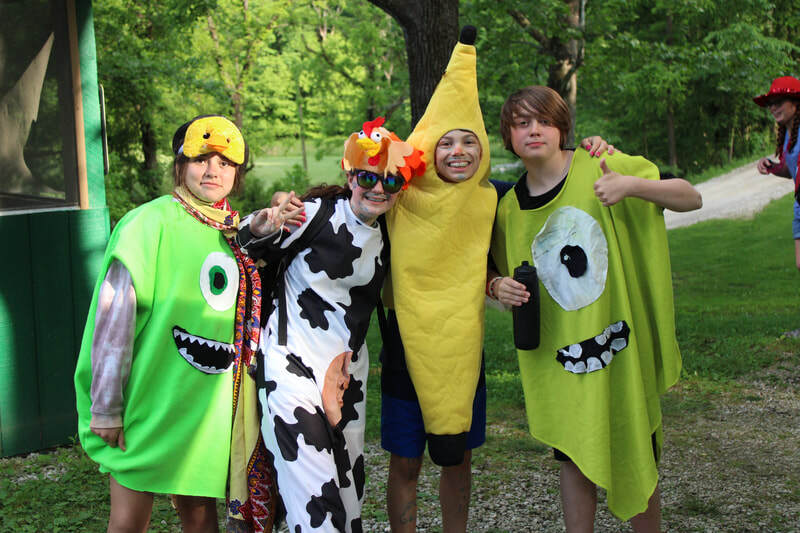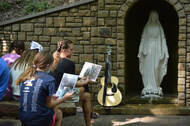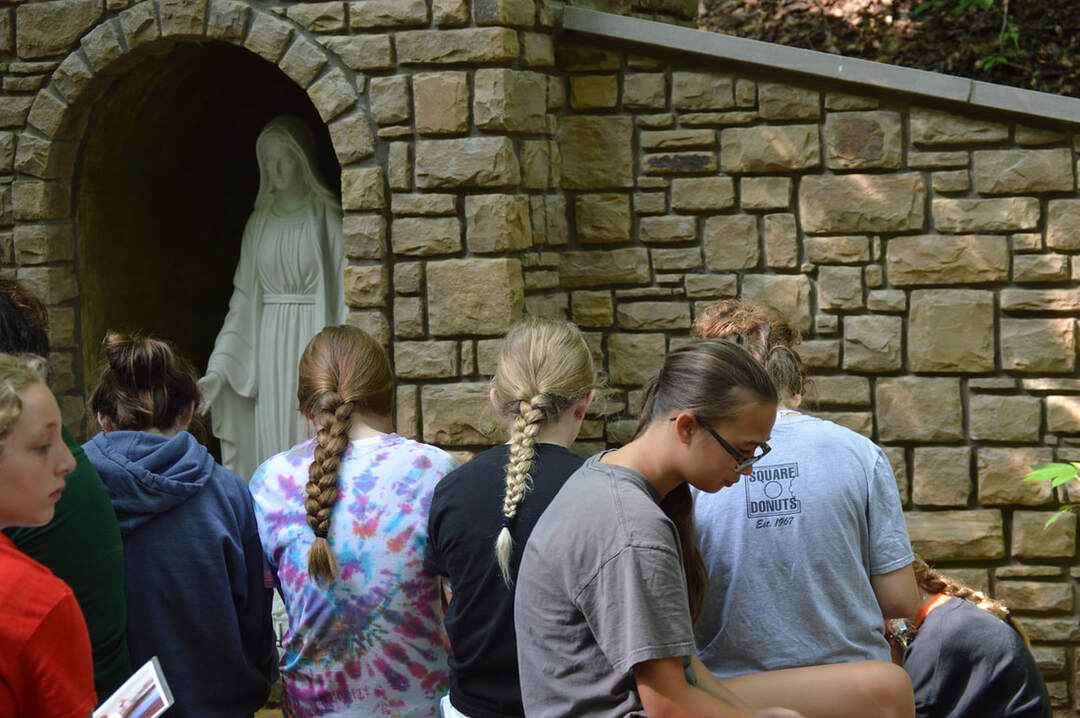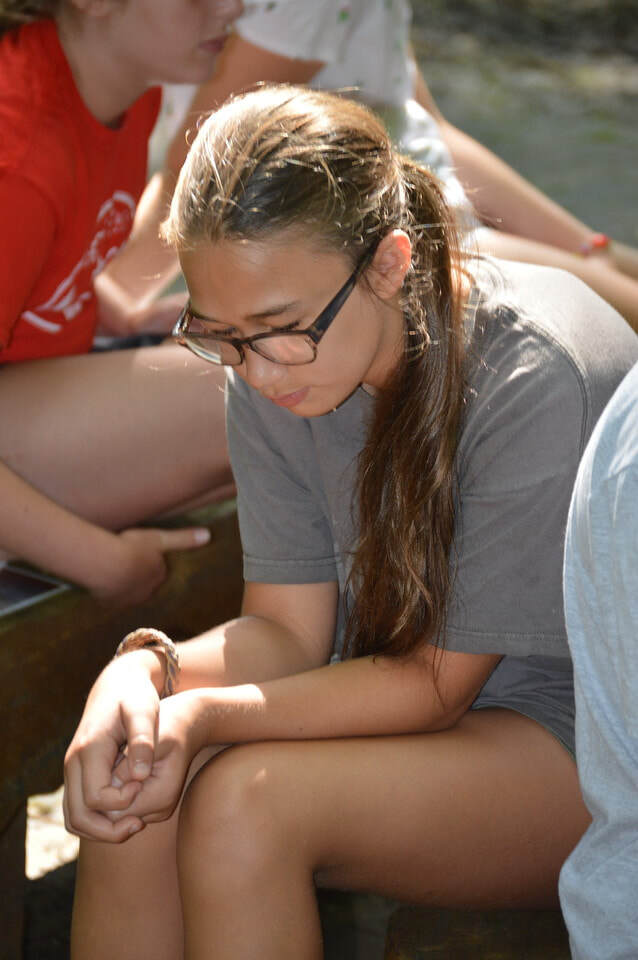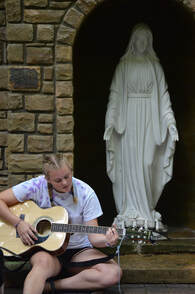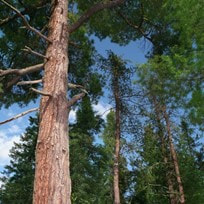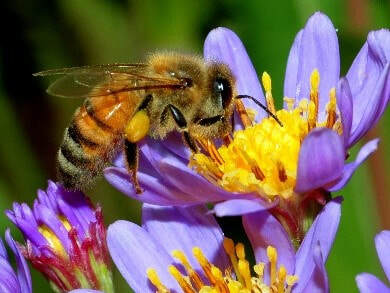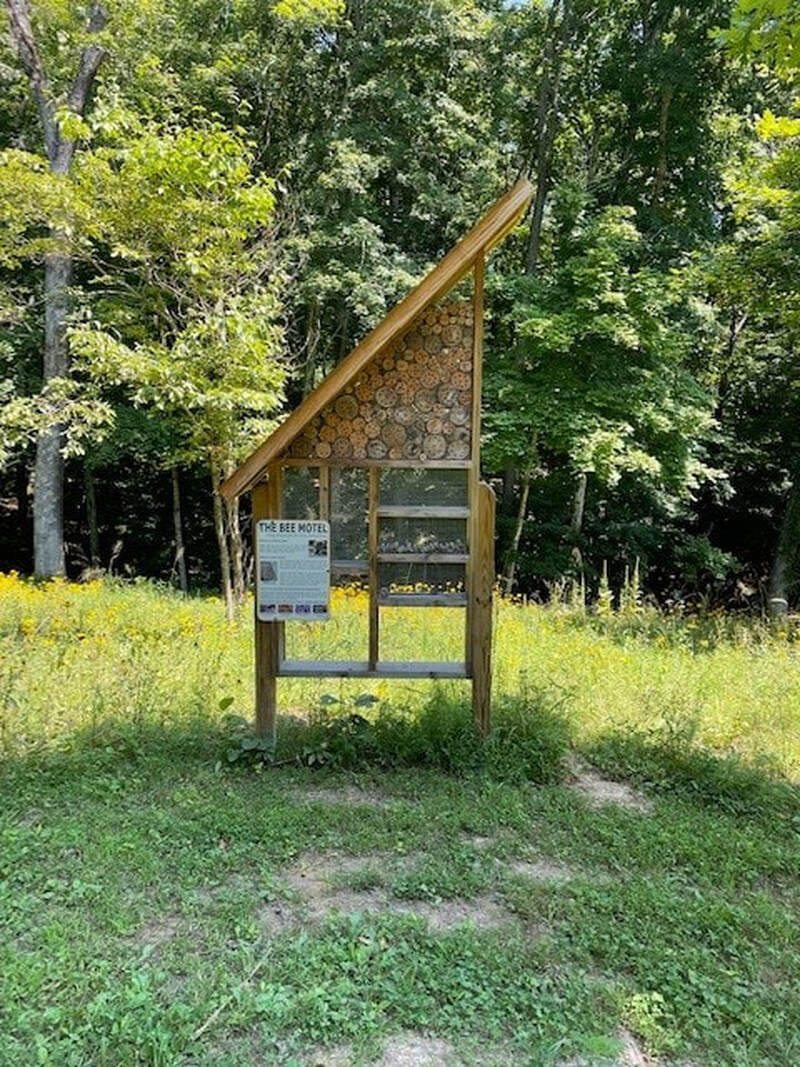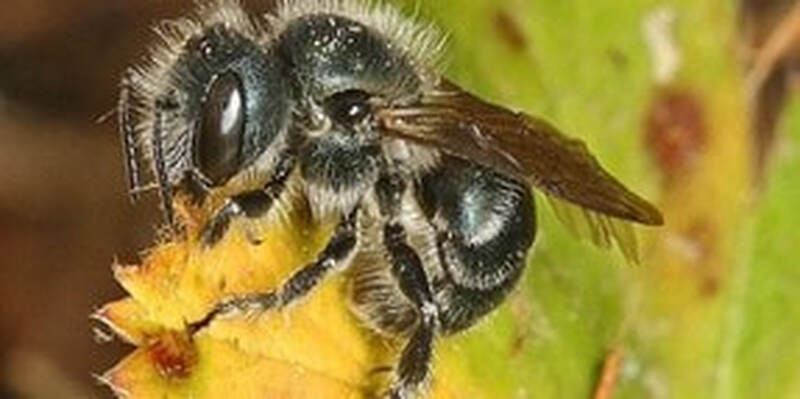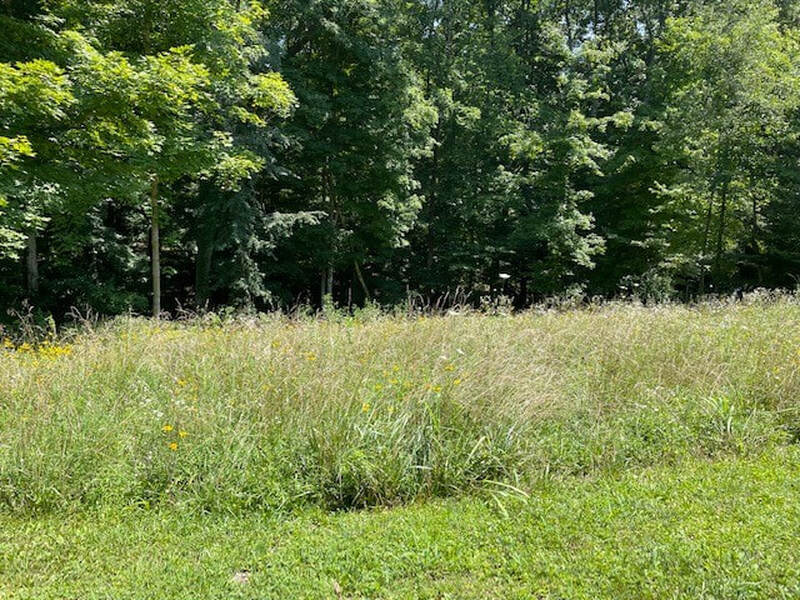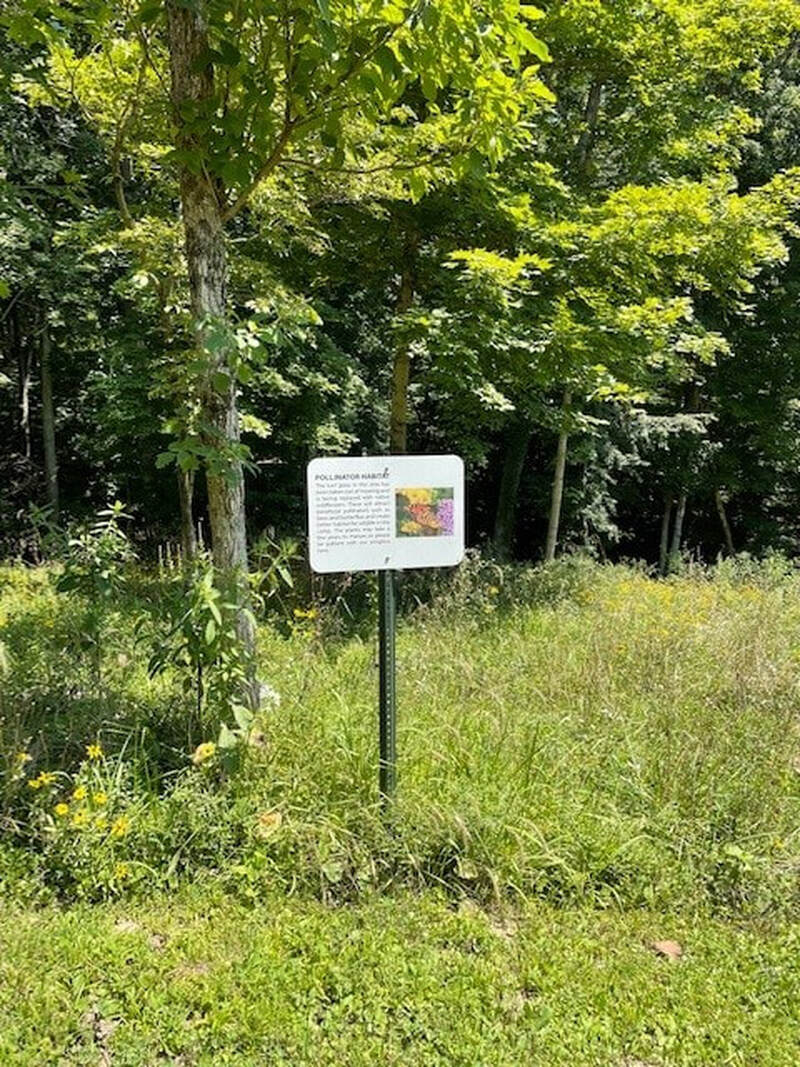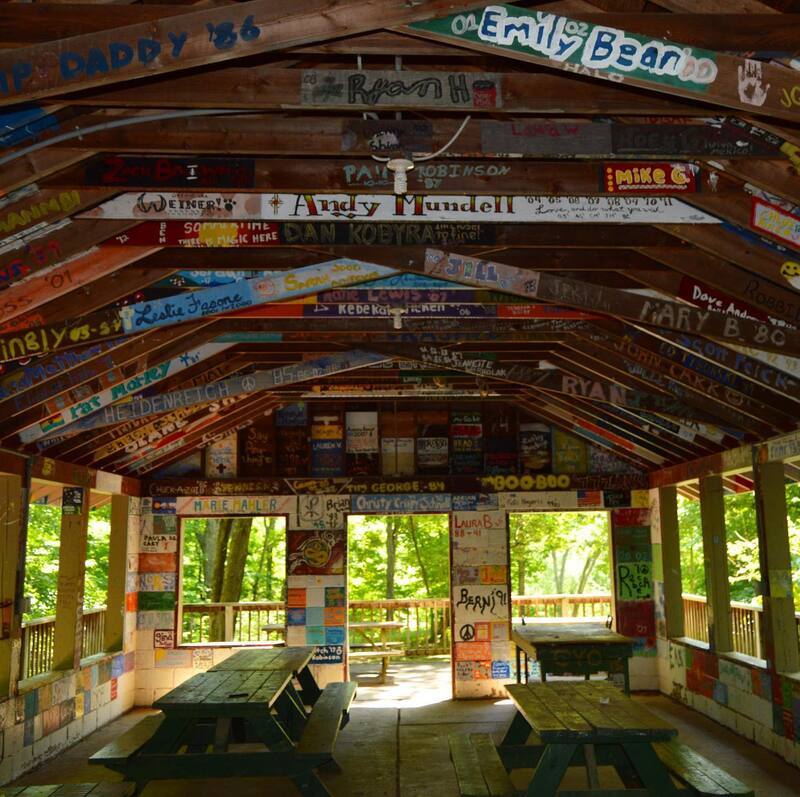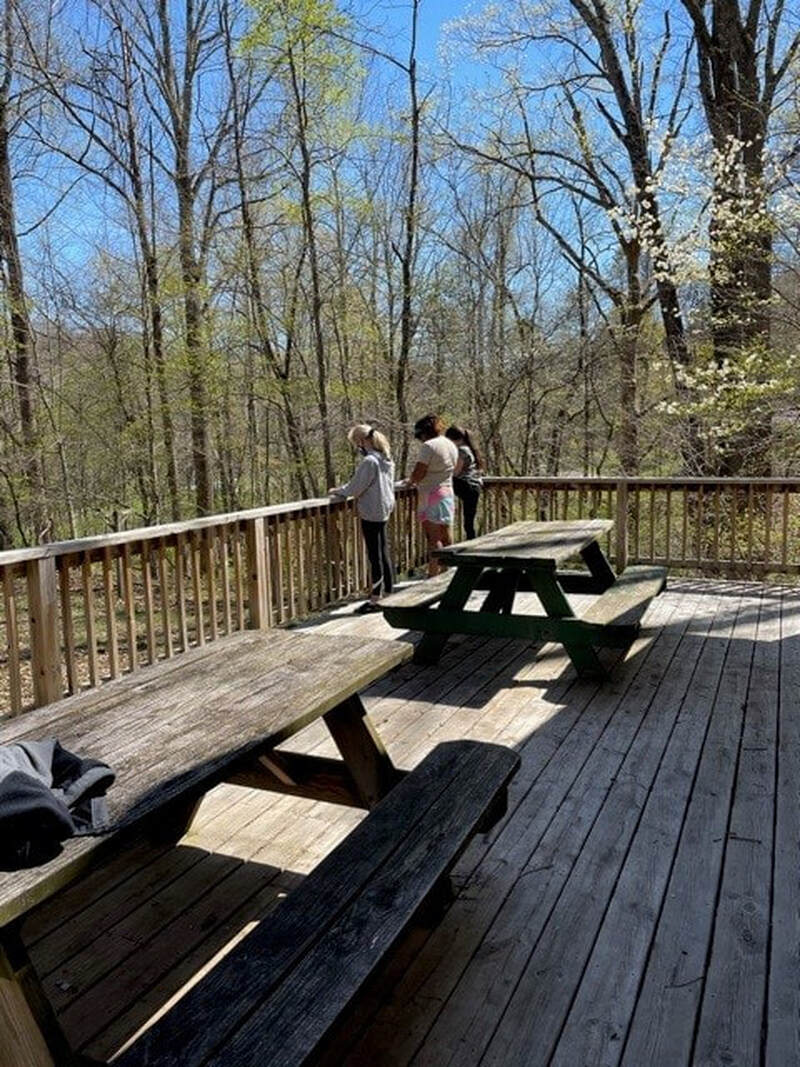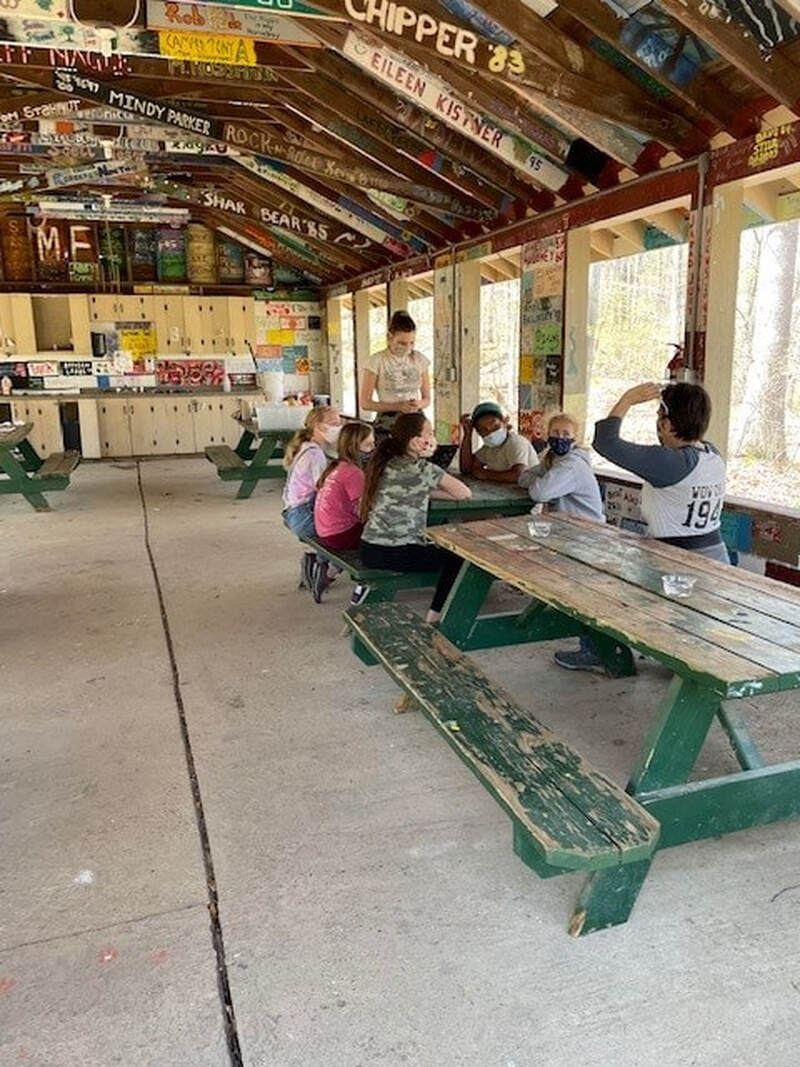Our lives are filled with milestones from learning to walk, learning to read, going to school, those tricky teen years all the way to adulthood. Along the way we encounter experiences that influence how those milestones impact who we are and who we become. I have often considered attending summer camp and or working at a summer camp an important milestone. It certainly was for me, my husband, and our children. Our lives have been forever blessed and affected by the lessons of camp. It is not just us though.
I have witnessed summer camp influence many children’s lives and I have seen camp provide a bridge from childhood to adulthood for many people. It is truly a beautiful thing to see our summer campers grow up and become our summer staff. I also have the opportunity to follow individuals from summer campers to summer staff members into adulthood, weddings, vocations, careers, and parenthood. Milestones upon milestones.
From one of our alums:
"For me, CYO Camp Rancho Framasa was a place where I learned who I was and who I wanted to be. Campers and counselors were able to connect to their inner "YOU" through silly songs, catching crawdads in the creek, dressing up crazy for Ranch Fest, or even quietly listening to the wind in the trees. This amazing place allowed me to grow deeper in my love of Christ and understand how precious the children of our world and communities are to us all. I am now a teacher, and I see my experiences as a counselor come to life in my classroom every day to help bring joy and love to my students." -Amber Johnstone
What is it about camp?
I will try to be concise. Camp is a place that invites people to be themselves and to try out things maybe they might not try at home. It is a place that challenges you, puts you in situations that require you to dig a little deep, acknowledge a few fears, and provides many God moments, and laugh out loud moments. Camp is a safe place to explore faith, the outside world, relationships with others, and self. And the best part! Everyone is invited.
We work to make a camp experience an important milestone for everyone.
Peace,
Angi
I have witnessed summer camp influence many children’s lives and I have seen camp provide a bridge from childhood to adulthood for many people. It is truly a beautiful thing to see our summer campers grow up and become our summer staff. I also have the opportunity to follow individuals from summer campers to summer staff members into adulthood, weddings, vocations, careers, and parenthood. Milestones upon milestones.
From one of our alums:
"For me, CYO Camp Rancho Framasa was a place where I learned who I was and who I wanted to be. Campers and counselors were able to connect to their inner "YOU" through silly songs, catching crawdads in the creek, dressing up crazy for Ranch Fest, or even quietly listening to the wind in the trees. This amazing place allowed me to grow deeper in my love of Christ and understand how precious the children of our world and communities are to us all. I am now a teacher, and I see my experiences as a counselor come to life in my classroom every day to help bring joy and love to my students." -Amber Johnstone
What is it about camp?
I will try to be concise. Camp is a place that invites people to be themselves and to try out things maybe they might not try at home. It is a place that challenges you, puts you in situations that require you to dig a little deep, acknowledge a few fears, and provides many God moments, and laugh out loud moments. Camp is a safe place to explore faith, the outside world, relationships with others, and self. And the best part! Everyone is invited.
We work to make a camp experience an important milestone for everyone.
Peace,
Angi
